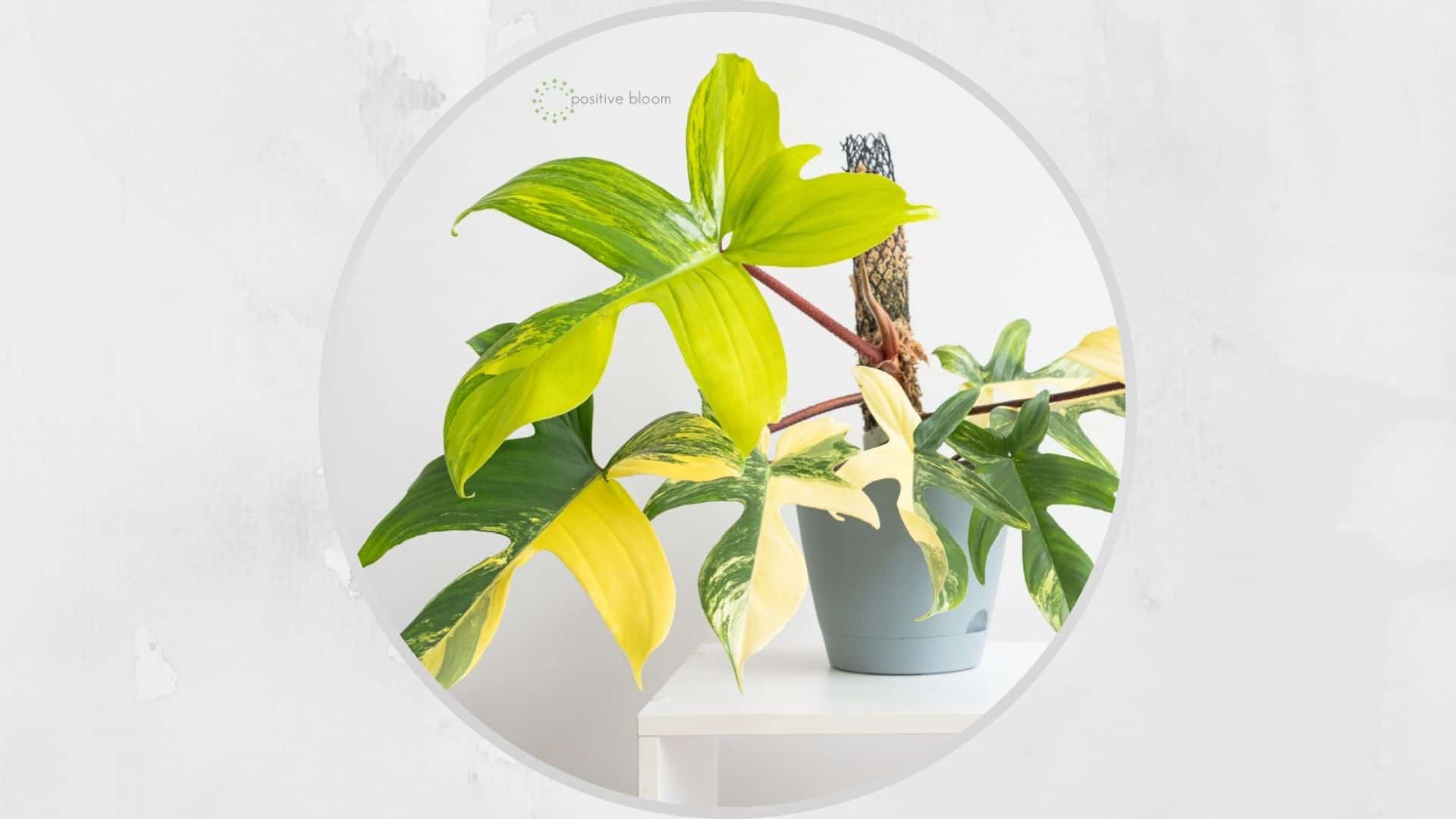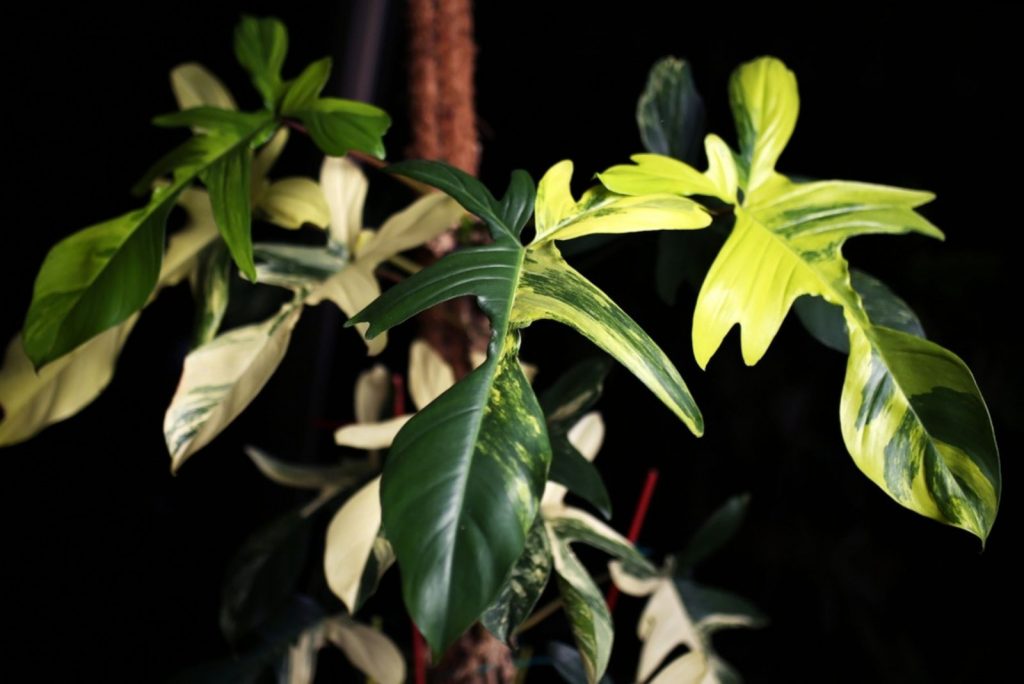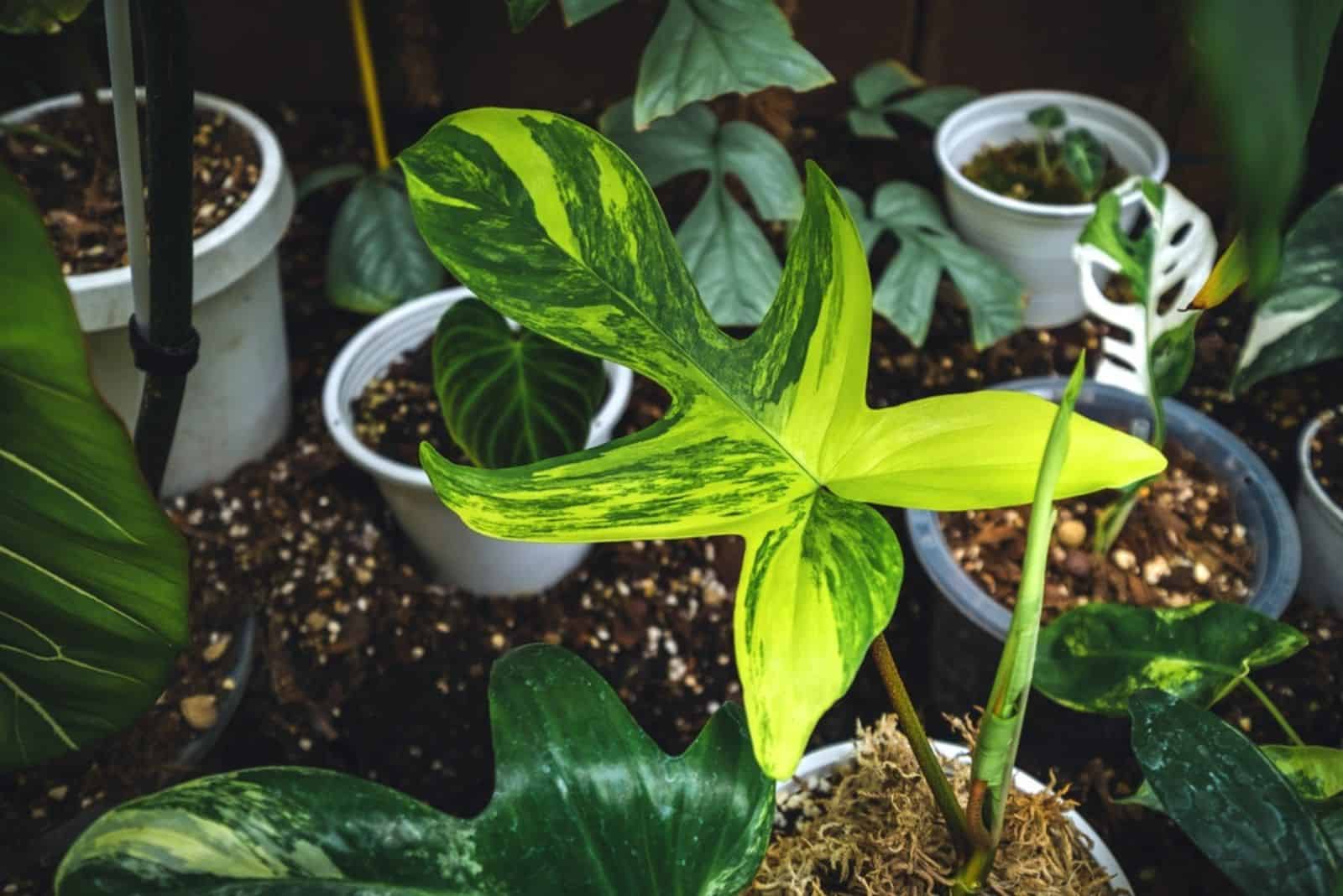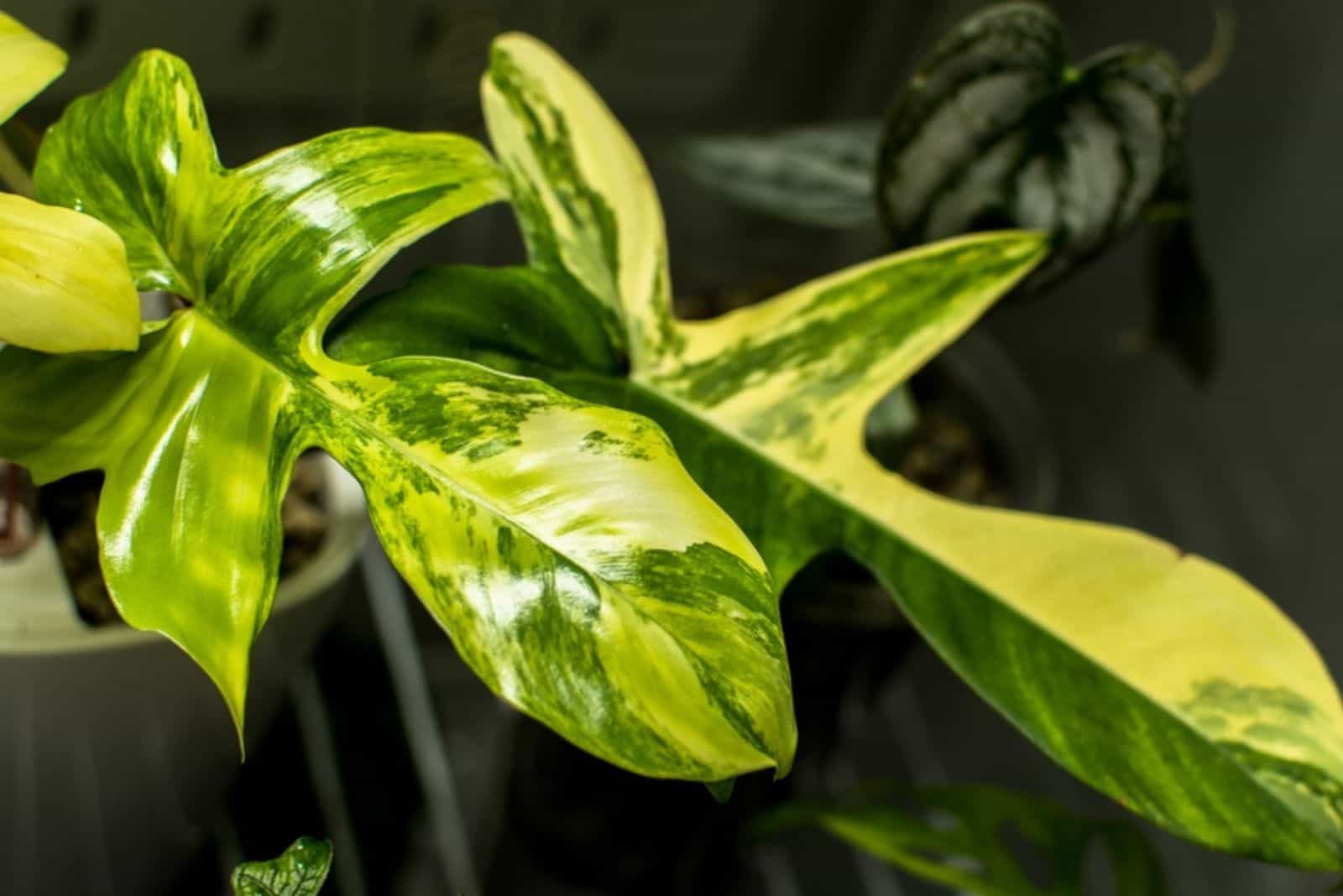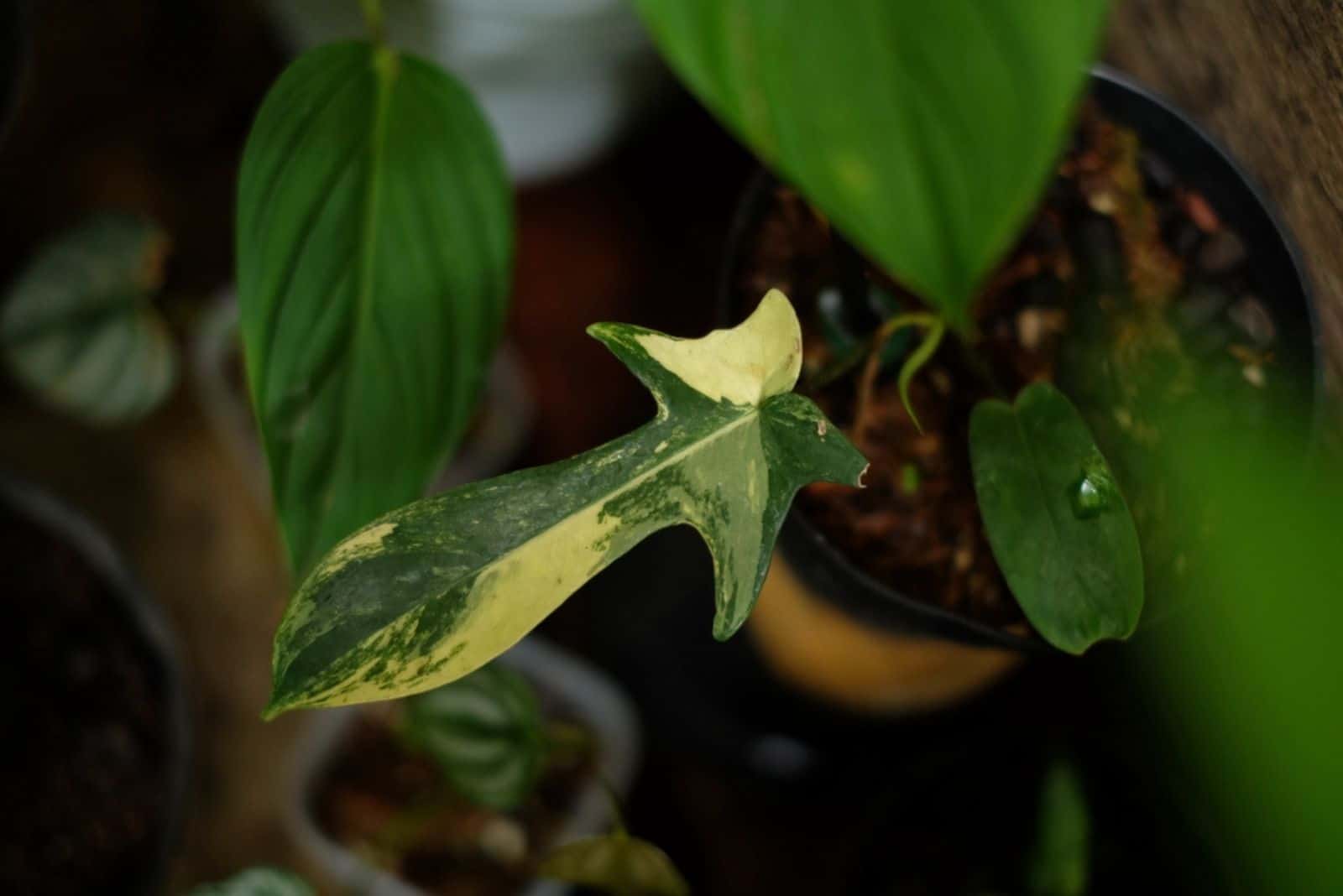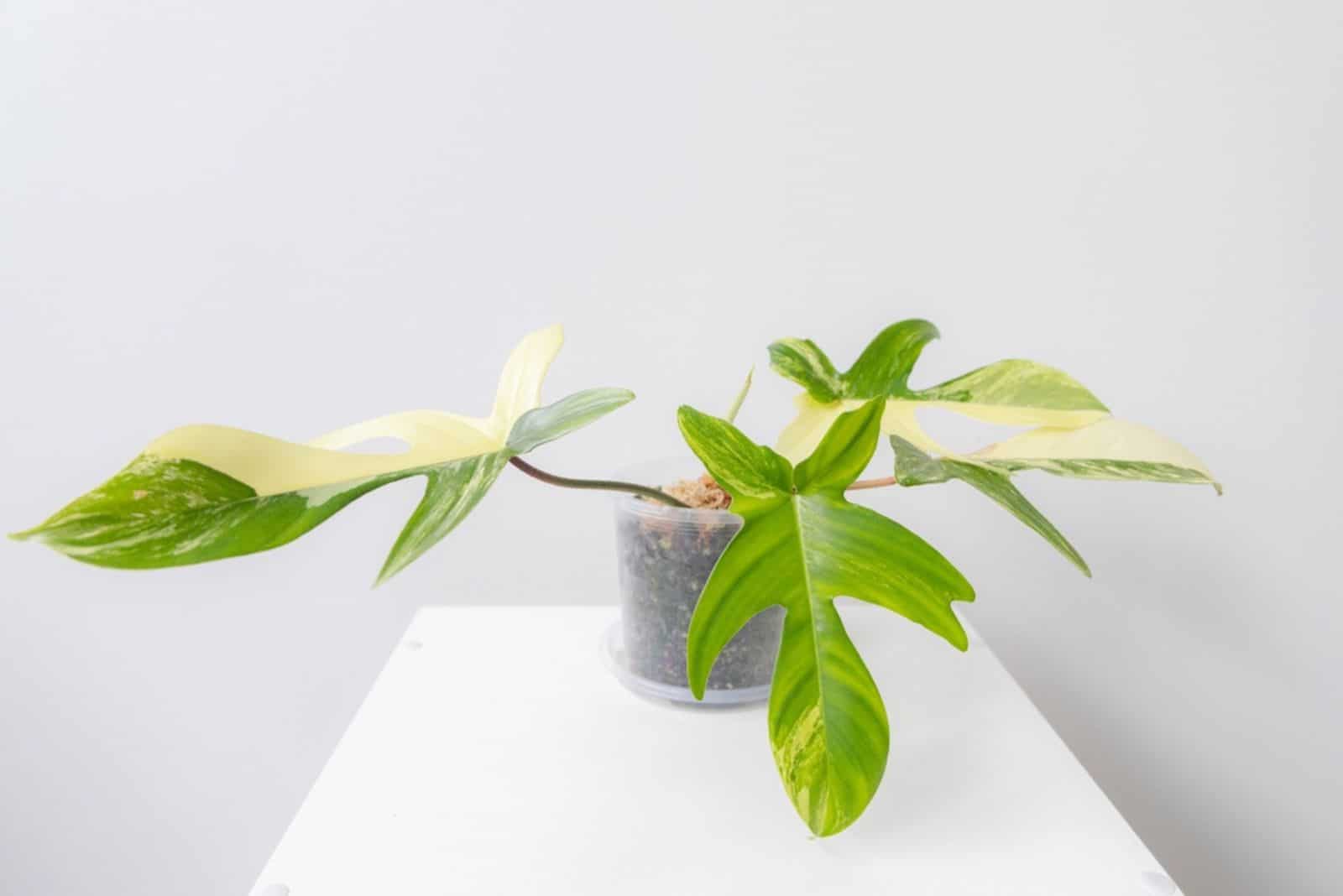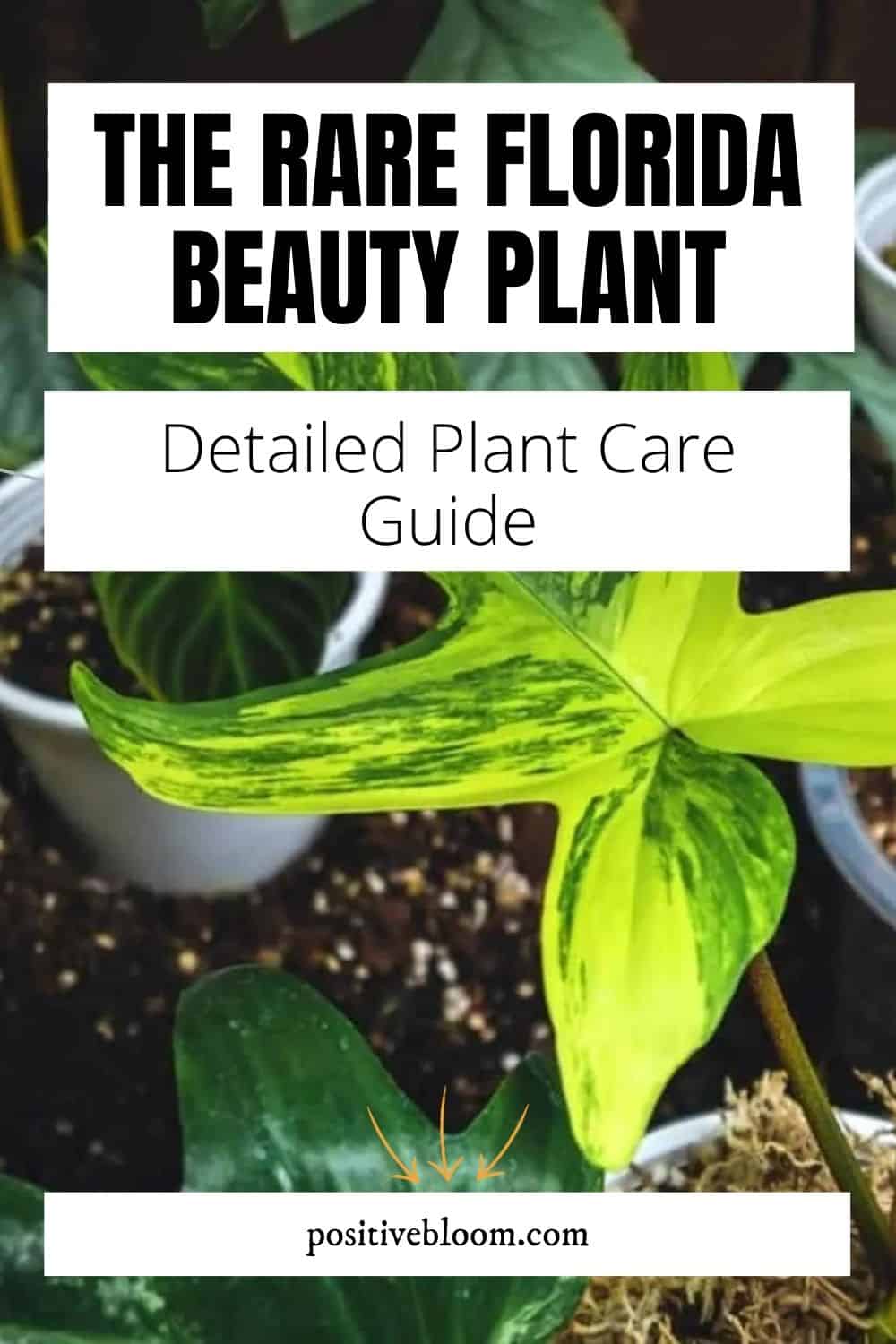Today we are going to talk about true plant art — seriously, this plant looks like an art piece made by action painting!
With its beautiful creamy white and splashy variegations all over the green leaves, the Florida Beauty plant is truly breathtaking. It really decorates the place and adds that unique splash that simply makes any room cheery.
This house plant goes by many names, but the most common names are the Florida Beauty plant, Gold Dust, Japanese Bamboo, and Spotted Dracaena; its botanical name is Dracaena surculosa ‘Florida Beauty’.
Other than being remarkably beautiful, this plant is also low-maintenance, which is another reason it is beloved by plant enthusiasts.
If you are interested in finding out more about this plant, keep reading!
Florida Beauty Plant: Characteristics
This beauty is an evergreen plant that belongs to the Asparagaceae family. Its famous cousin is the lovely Dracaena compacta. Florida beauty has a relatively slow growth rate, but after some time and in optimal growing conditions, it can reach up to 3 feet tall!
As we mentioned, this indoor plant has interesting glossy dark green leaves with yellow splotches all over the surface. New leaves appear as rolled cones with more yellowish variegation that eventually turns white as the plant matures. However, both white and yellow suit this plant just as well.
The leaves have an elliptical shape that is somewhat similar to ficus plants. Luckily, these plants are not as demanding as ficus plants!
The stems of these plants are bamboo-like with upright branches that usually fall down once the leaves are produced.
In ideal growing conditions, the Draceana can even start blooming. Just when we thought this plant could not get any prettier!
They produce lovely white flowers with mesmerizing fragrances. Unfortunately, it is highly unlikely for these plants to bloom in every growing season.
Due to its name, you have probably concluded that they originate from Florida. Well, it is actually a little bit further from there. In fact, these beauties are native to tropical regions of Africa. It can get confusing sometimes, and it can easily be mistaken for the Philodendron Florida Beauty. However, this is a completely different plant.
The plants even get mixed up based on their appearances — for instance, the Philodendron pedatum and Florida look almost the same!
Therefore, I would suggest you always look at the botanical name. The species name “surculosa” is Latin for shooting, while the genus name “Dracaena” is derived from the Greek word for dragon.
Now, let’s see how to take care of this lovely potted plant.
Florida Beauty Plant Care Guide
These plants are relatively easy to handle. You won’t have to worry much about the light conditions like you would for many other houseplants since they can adapt to low light settings.
However, you should pay close attention to watering and be on the look out for annoying pests that could potentially infest your plant.
So, let’s get started.
Water Requirements
We will start off with the most important segment of the plant care guide, which is finding the right watering schedule. It would be great if we could tell you exactly when to water your plant, but unfortunately it is not that easy.
The watering needs depend on other factors such as soil type, temperature, humidity levels, and the material of the pot. Luckily, there are some different methods that you can use to determine when you should water your plant.
The Florida Beauty plant likes to have its soil moist, so you shouldn’t let it sit in the bone-dry soil for a long period of time. However, they don’t like to sit in soggy soil either!
If you keep watering them frequently, it might lead to overwatering, which is usually accompanied by a deadly fungal disease known as root rot. If you notice that the leaves are turning yellow and the soil smells kind of funky, then you should definitely inspect the roots to see if there are any rotting ones.
I would recommend you always check the soil before watering to see if the top few inches of the soil have dried out up to your first knuckle. If so, then it’s time for watering!
Keep in mind that the plant’s leaves might be turning brown and yellow because of the chemicals in tap water. In this case, you should try using filtered or rainwater for you and your plants.
Read also: What Is The Best Water For Plants? Find Out The Answer Here!
Soil Requirements
The next stop is soil!
These plants will thrive in well-draining potting soil that is also slightly acidic. You can use a regular store-bought potting mix or make one on your own.
For instance, you can mix materials like fine bark, wood chips, coarse sand, organic compost, coco coir, and peat moss. Whatever you choose, just make sure that you provide the plant with proper drainage.
You should get a pot with drainage holes in the bottom so that excess water can drain efficiently.
Light Requirements
This plant is not fussy about light requirements. They can survive in low light conditions for some time, though they thrive in bright indirect light.
However, you shouldn’t keep it in direct sunlight as it can damage those lovely leaves. If the light is too direct, the leaves will turn brown or fall off, and if the light is too low they may lose their vibrant variegations.
A few hours of the morning sun that an east-facing window provides would be an ideal place for this plant, though you can also keep it on a north-facing windowsill.
Humidity Requirements
The Florida Beauty plant likes conditions similar to Florida’s environment — hot and steamy!
These plants thrive in high humidity, so you should consider getting a humidifier if the humidity is rather low in your home, though they grow just fine in moderate humidity.
If you don’t want to spend money on humidifiers, then you can mist your plant regularly or create a pebble tray. Simply put some pebbles in a tray, add some water, and let the plant sit on top of the tray. As the water evaporates, your plant will get the moisture it needs.
Read also: Do Pebble Trays Work For Humidity? All The Answers
Temperature Requirements
This plant prefers growing in a temperature range from 65 to 75 degrees Fahrenheit, though it can tolerate temperatures as low as 50 degrees Fahrenheit. Therefore, if you tend to keep your plants outdoors, make sure to bring them indoors during the colder months.
Don’t keep your plant near drafty windows, vents, fireplaces, or radiators.
Fertilizer Requirements
The Gold Dust plant is not a heavy feeder, so you won’t have to worry about fertilization as much.
You could use organic fertilizers once a month during the growing season to encourage new growth, or you can use liquid fertilizers weekly. If you don’t want to deal with fertilizers, you can simply add organic compost at the beginning of the growing season.
Trust me, your plant is going to love it!
Repotting
Since this plant is not a fast grower, you won’t have to deal with repotting every growing season.
The Florida Beauty plant needs to be repotted once it has outgrown its current pot or in case of root rot. Always use fresh soil when repotting, and buy a pot that is 2 inches larger than the current one.
You should examine the roots when repotting, and if you notice any dead or decaying roots, trim them off and be more careful about watering!
Propagation
Propagation is quite easy with this plant. It can be propagated by using two methods: stem cuttings and root division.
I always propagate my plants by using stem cuttings. Make sure to use clean pruning shears when cutting the stem, and find a nice warm spot for your new baby plant.
Once I used contaminated shears with my Monstera and almost lost it, so please be careful!
Read also: A Detailed Guide To Plant Propagation Methods
Common Issues
Even though this plant is relatively hardy, it is still susceptible to some pests, diseases, and fungi. However, inadequate plant care can also cause many problems!
Let’s see some of the common issues with these plants, as well as how to fix them.
Toxicity
Sadly, this plant is toxic to both pets and humans. You should keep it out of reach, especially if your pets or kids like to play with plants.
The Dracaena surculosa contains saponins in almost all its parts — these are toxic chemicals that can cause symptoms like vomiting, hypersalivation, nausea, diarrhea, and dilated pupils, which are also a sign of saponin poisoning.
Immediately seek professional help if the plant is ingested.
Droopy Leaves
If you notice that the leaves are looking kind of droopy, then you should fix the lighting conditions. We have already said that they can adapt to low light, but this doesn’t mean complete darkness.
If you keep the plant in a place with light that is too low, you might end up with droopy leaves.
Leaves Turning Brown
Leaves turning brown is a completely natural process in any plant — the leaves will eventually turn brown and fall off. You can simply remove these leaves to keep your plant looking nice and tidy.
If almost all the leaves start turning brown, then there is definitely some other issue. For instance, brown leaf tips indicate that your plant is not getting enough water.
Brown and crispy leaves are a result of sunburn, so make sure to keep your plant out of direct sunlight and water it frequently.
Pest Infestation
Aphids, spider mites, scales, and mealybugs are typical pests that harm the Florida Beauty plant.
Aphids usually reside on the undersides of the leaves, though you can spot these sap-sucking pests on the stems as well. If you see honeydew on your plant, then you know that you are dealing with aphids.
Tiny, brown or white dots on the foliage are the result of spider mites. They also like to reside on the leaves’ undersides and leave tiny webbing all over the plant. Scale insects resemble bumps on a shell. They are there to steal plants’ delicious juices and nutrients.
Mealybugs are white and tiny, so they can be easily seen all over the leaves. In fact, they look like tiny cotton balls. Even though this might seem cute, trust me, there is nothing cute about a plant infested by mealybugs.
You can rapidly get rid of mealybugs by using rubbing alcohol or dish soap. Spray the mealy bugs with a solution made from alcohol and dish soap.
Natural methods can also be used to get rid of aphids, like horticulture oils or neem oil. A solution of rubbing alcohol and water can be used to get rid of spider mites. Brush the leaves with the mixture after dipping a towel in it.
To remove scales, use rubbing alcohol. Rub lightly after dipping a delicate sponge or swab in the rubbing alcohol.
Frequently Asked Questions
1. How big does a Florida Beauty plant get?
The Florida Beauty plant can reach up to 3 feet tall if it is cultivated in the right growing conditions. However, you can prune this plant to maintain its shape and size.
2. How do you care for the Florida Beauty Dracaena?
Keep their soil moist but not soggy, make sure that they are kept in a temperature range from 65 to 75 degrees Fahrenheit, and keep the humidity levels relatively high. Make sure to provide them with well-draining soil that is slightly acidic, and put them in pots with drainage holes.
You won’t have to worry about fertilization because they are not heavy feeders, though you should fertilize them once a month during the growing season.
These plants are slow growers, so you won’t need to repot them every season. They can tolerate different light settings, though they thrive in bright indirect light.
3. How much light does a Florida Beauty need?
The Florida Beauty plant is not sensitive when it comes to lighting conditions. They need bright indirect light, though they can tolerate low light settings for some time.
They need a bit of morning sun, but don’t expose them to full sun, especially during the hot summer days because it can easily burn those magnificent leaves!
I would suggest keeping this plant in an east-facing window.
To Sum Up
The Florida Beauty plant is a real beauty!
It produces truly unique leaves with beautiful white-creamy variegations all over. What’s interesting is that these variegations are completely random, so you might notice more splotches on some leaves than others.
It is definitely a true work of art.
The Gold Dust plant is also very easy to grow and is relatively hardy. Keep it nice and warm and with enough bright indirect light, and it will thrive!
I hope this article was helpful.
Until next time!
Like this post? Share or pin it for later!

